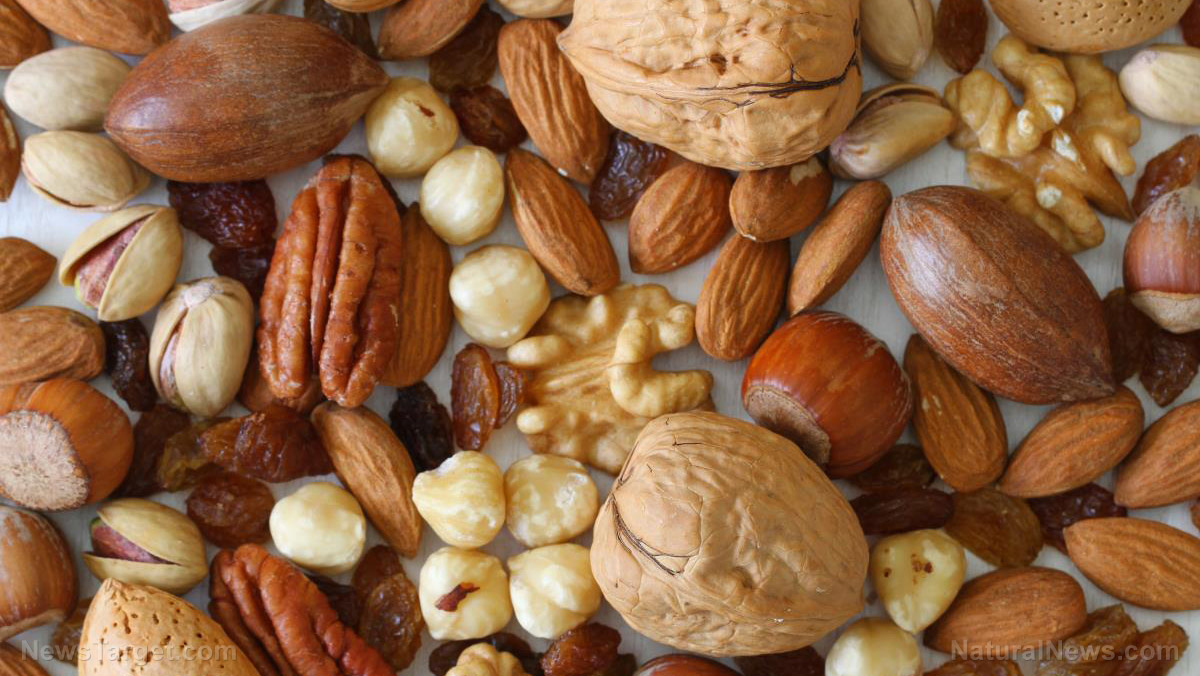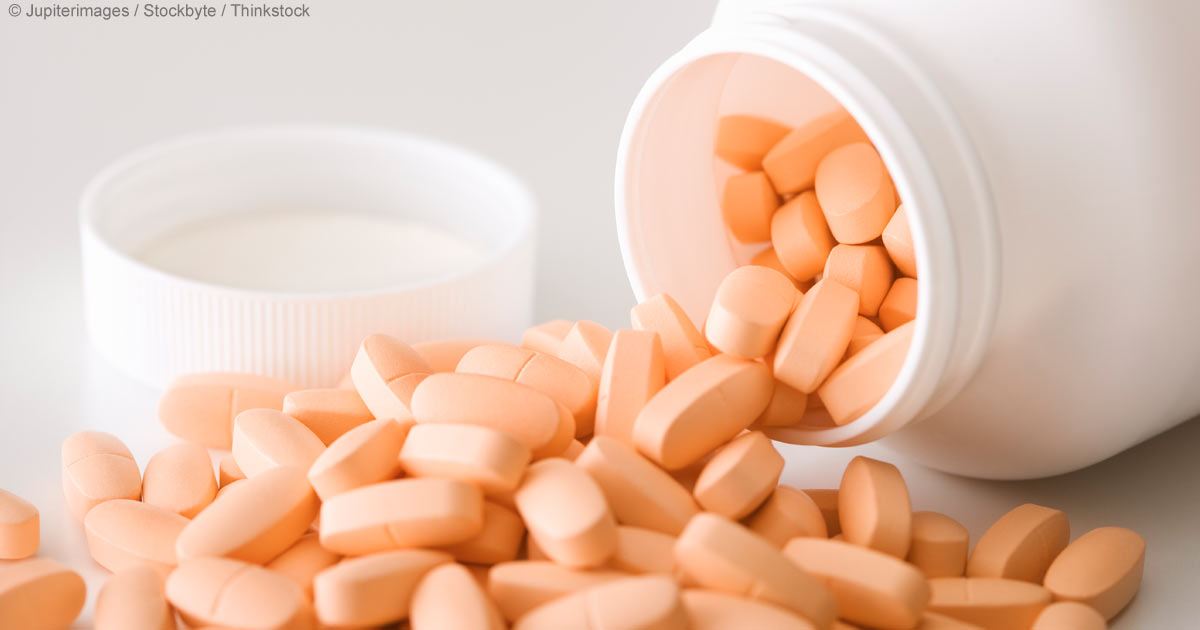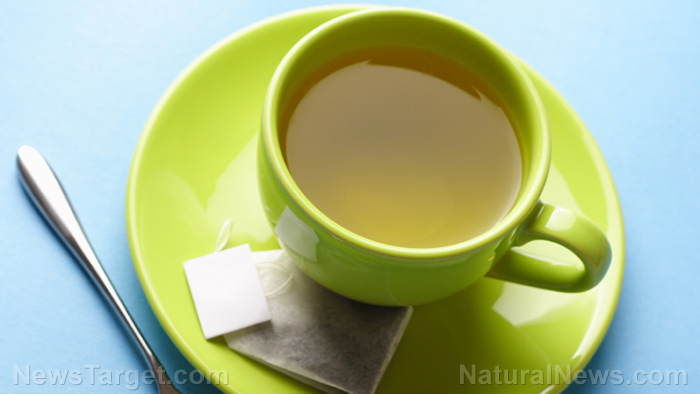
This was highlighted brilliantly recently by means of a quiz posted by the Environmental Working Group in one of its articles.
The quiz posted three sets of photos, and for each said, “One of these items can be labeled 'healthy.' The other two cannot. According to the FDA, which is the 'healthy' food?"
- The first set of pictures represented Dutch Farms, medium organic eggs; Wonderful pistachios; and Kellogg’s Fruit Loops, sweetened multigrain cereal with marshmallows.
The FDA’s current guidelines would only allow the fruit loops to be labeled as “healthy,” in spite of containing trans fats, dangerous synthetic food dyes and other unhealthy ingredients, including one that has been linked to cancer in animals.
- The second group of photos depicted Ahold, Nature’s Promise, Alaskan sockeye salmon; Sunridge Farms organic Grade A pumpkin seeds; and Kids Cuisine, twist & twirl, spaghetti with mini meatballs.
As things stand right now, only the Kids Cuisine meal would qualify for a “healthy” label. This, in spite of the fact that it contains partially hydrogenated cottonseed oil, high levels of sodium and 17 other dubious ingredients.
- The final selection was Ahold, Nature’s Promise, large shrimp; Sunny D citrus punch, orange, tangy original; and Mission, Chilean Hass avocado.
Only the Sunny D citrus punch would get the FDA’s stamp of approval, even though it contains even more sugar than the fruit loops, in addition to synthetic food dyes and artificial sweeteners. The problem with the avocados and shrimp, according to the FDA, is their high fat and cholesterol content.
The vast majority of people taking the quiz would almost certainly have scored 0/3. The fact is, our understanding of what is healthy has changed dramatically since the days when foods low in fat and stuffed full of artificial sweeteners were considered the secret to good health. We understand now that unprocessed, non-GMO, organic whole foods – and yes, even the fatty ones like avocado and shrimp – are the secrets to longevity and good health.
Somehow, the FDA, entrusted with the job of regulating the safety of all foods in the United States, hasn’t kept up with these advances, and with more and more people questioning its shallow labeling requirements, has actually turned to the public for guidance on the matter. Astonishingly, the FDA announced on December 29, 2016, that it would extend its deadline for comment regarding the meaning of “healthy” from January 26, 2017, to April 26, 2017.
How on earth can the nation’s leading authority on nutrition and the regulator of all things “healthy” not even be able to define the meaning of the word? Or are they simply trying to cover their own tracks and stay on the good side of Big Food by giving them an opportunity to have their say? After all, the FDA’s labeling requirements have always been shallow at best, fixating on things like fat and cholesterol, while failing to address far more serious issues like the hundreds of chemicals and dyes found in supposedly “healthy” foods, or testing for heavy metal, pesticide or herbicide concentrations in food.
And then there’s the fact that even previously healthy foods no longer offer much nutritional benefit because of real problems in the food supply. A person wishing to derive the myriad benefits of spinach, for example, would need to eat 43 bowls, just to get the same amount of iron as they would have consumed in just one bowl back in 1953.
All things considered, the FDA has certainly failed at its job. It has not provided, clear, current and relevant guidelines regarding what is truly healthy, has not protected consumers from chemicals and other damaging ingredients, and has done nothing to ensure that food remained as nutritious as in the past. One wonders what the agency has actually accomplished in the 110 years since its inception!
Sources:
Please contact us for more information.























